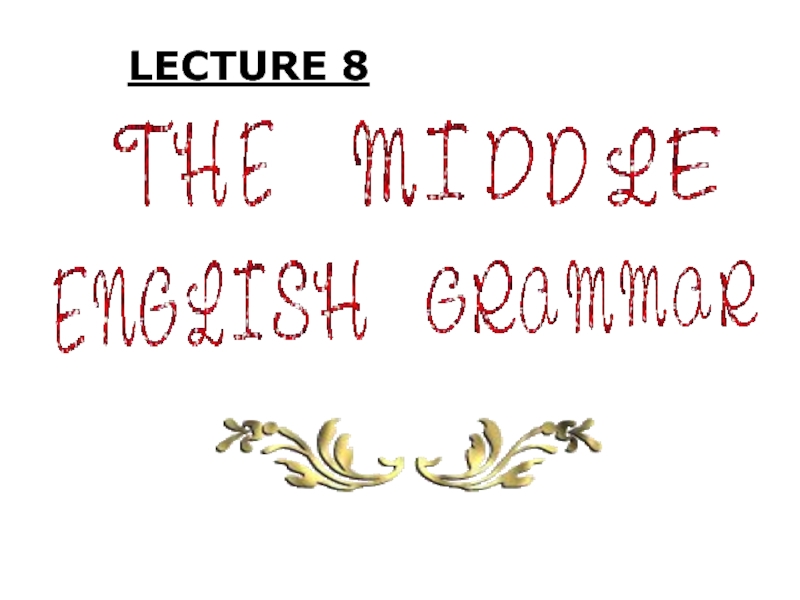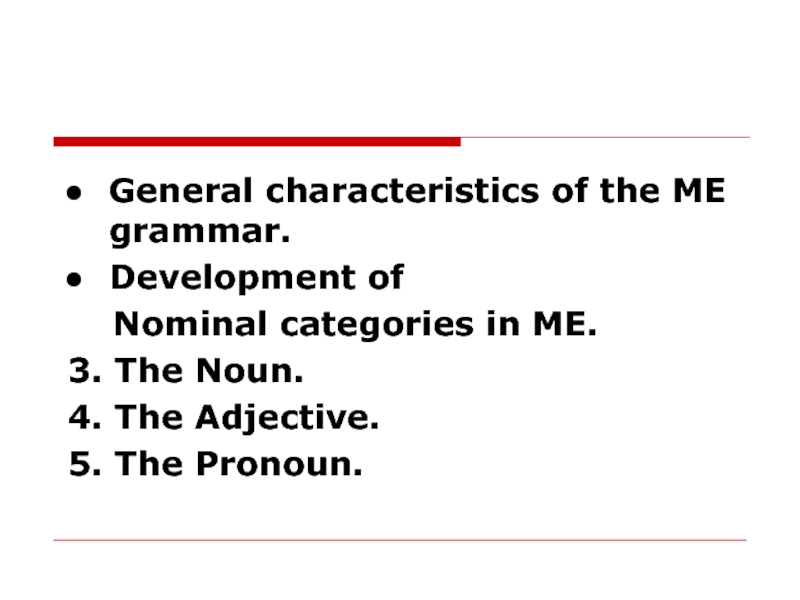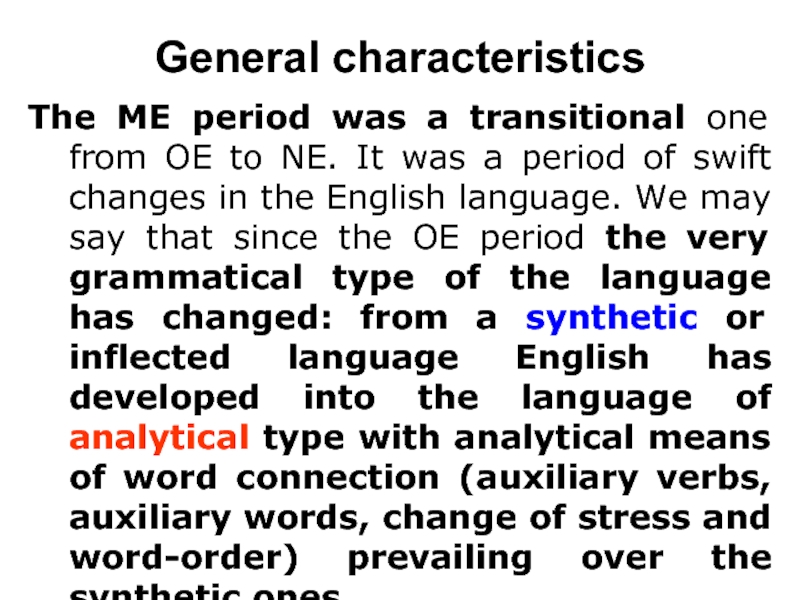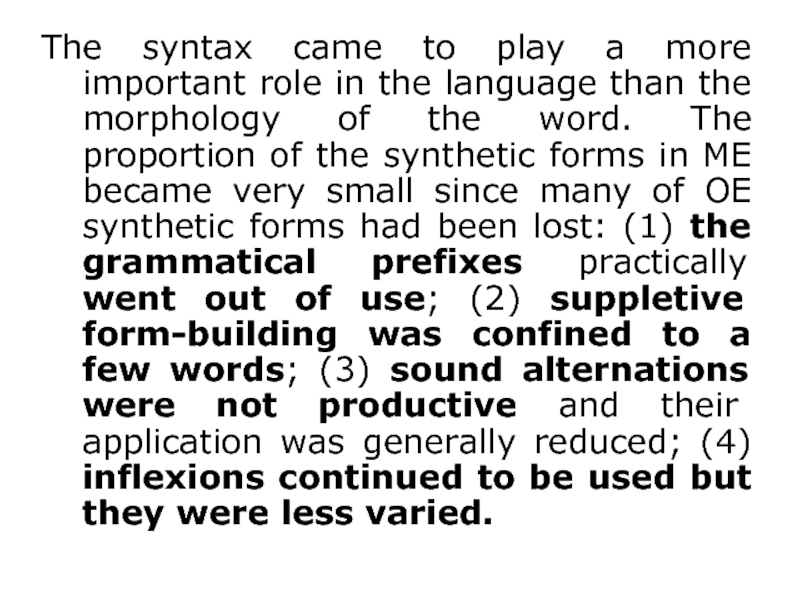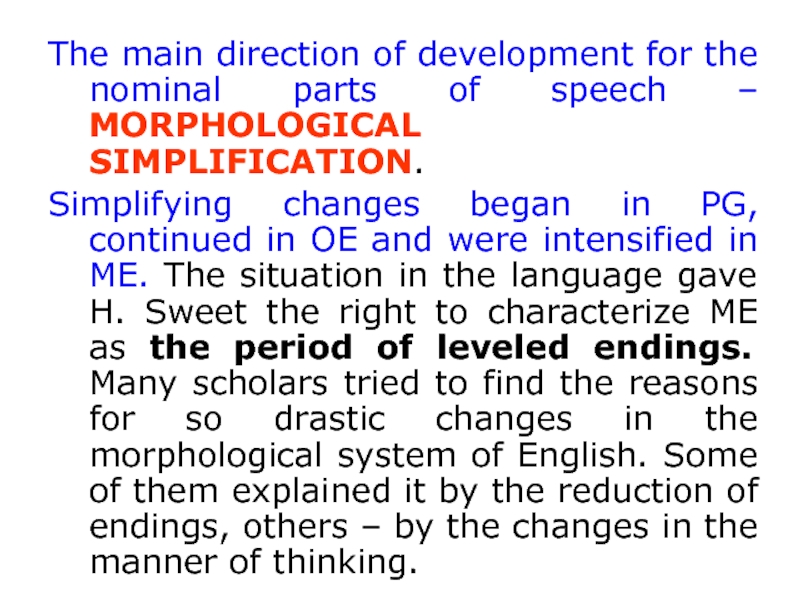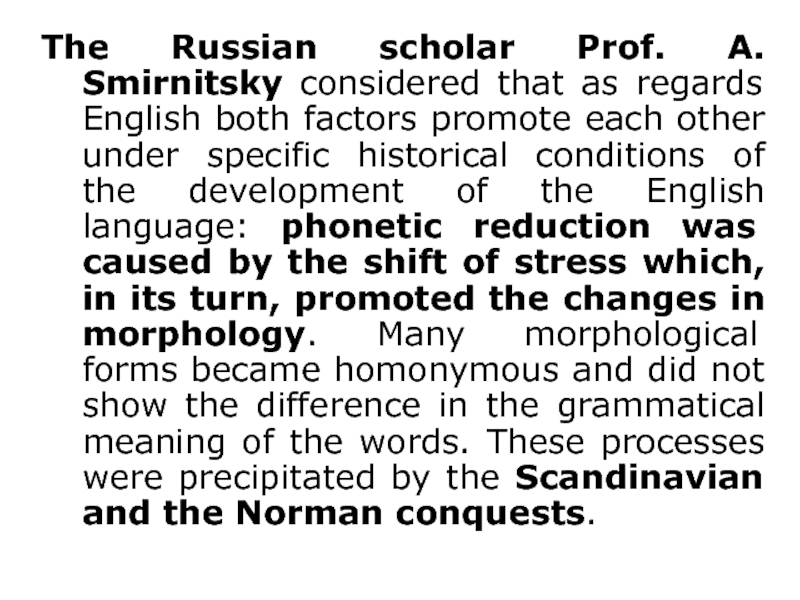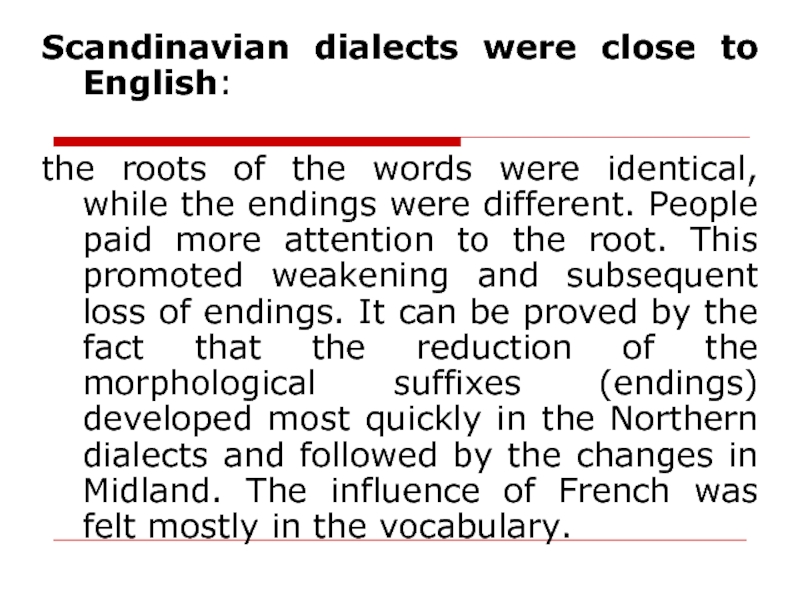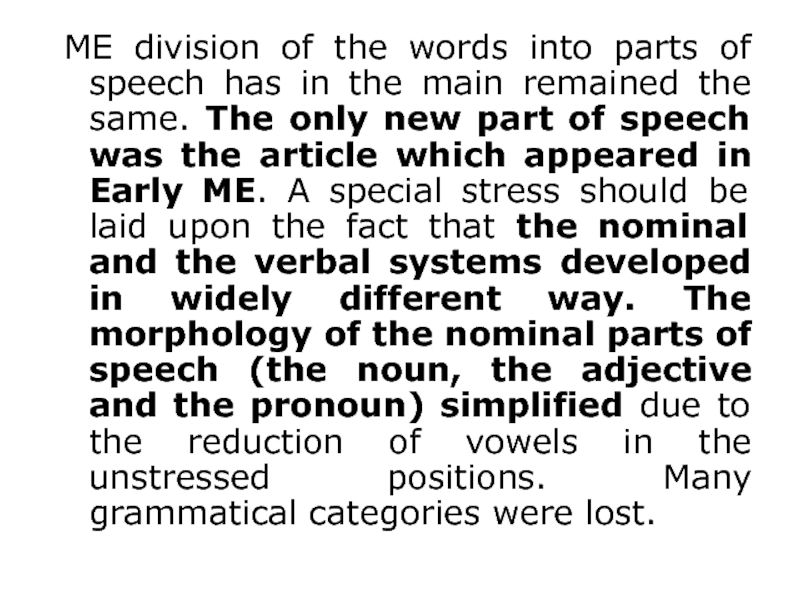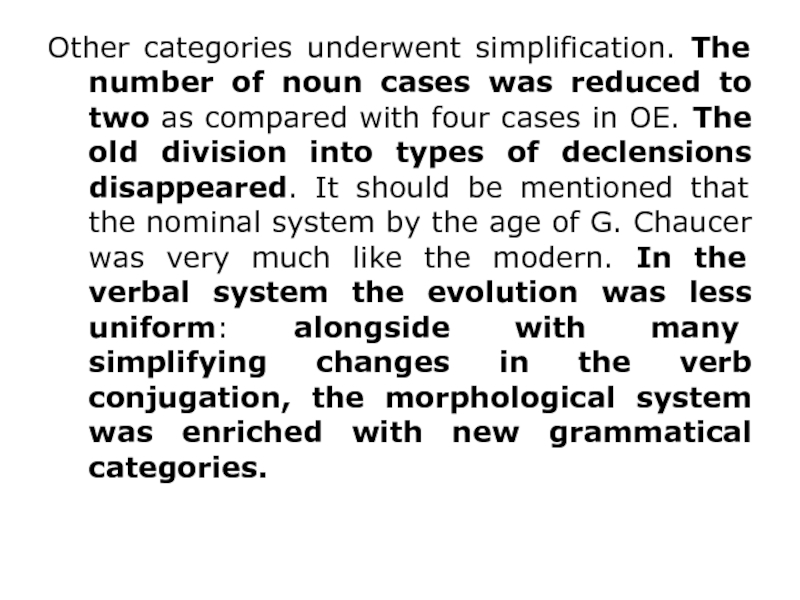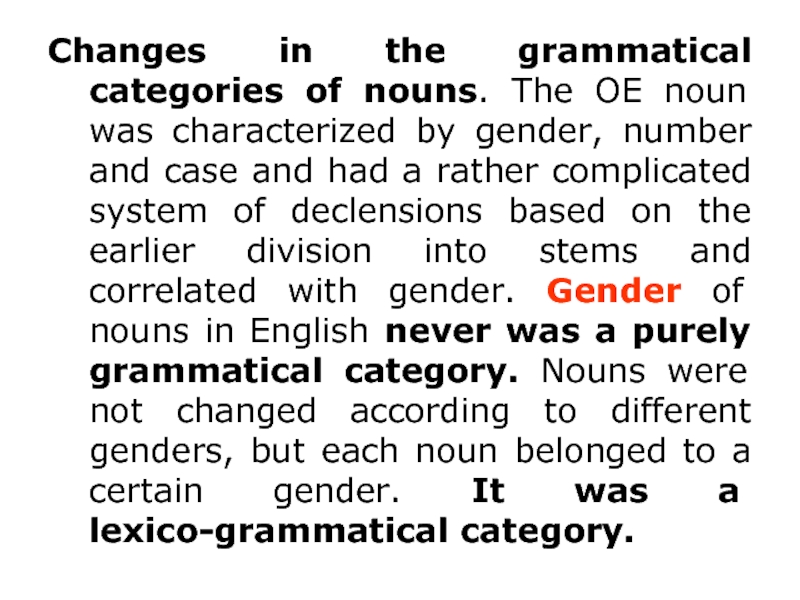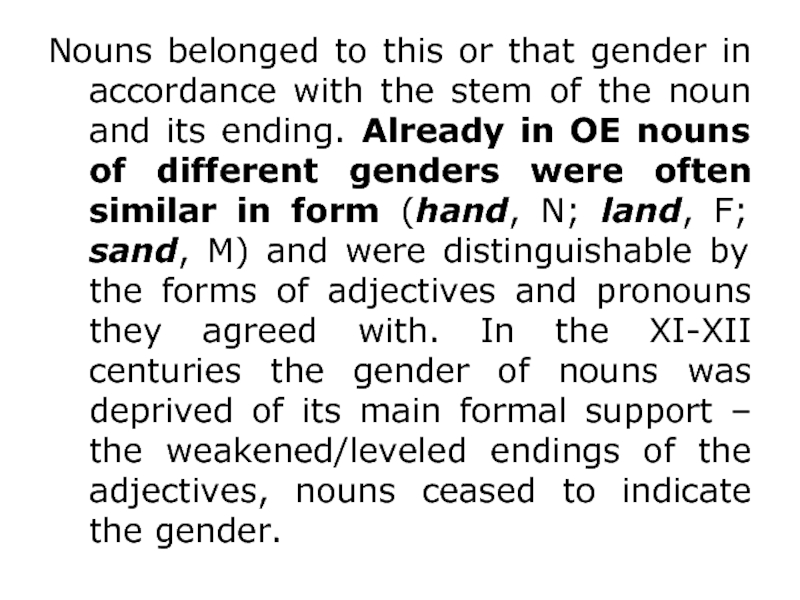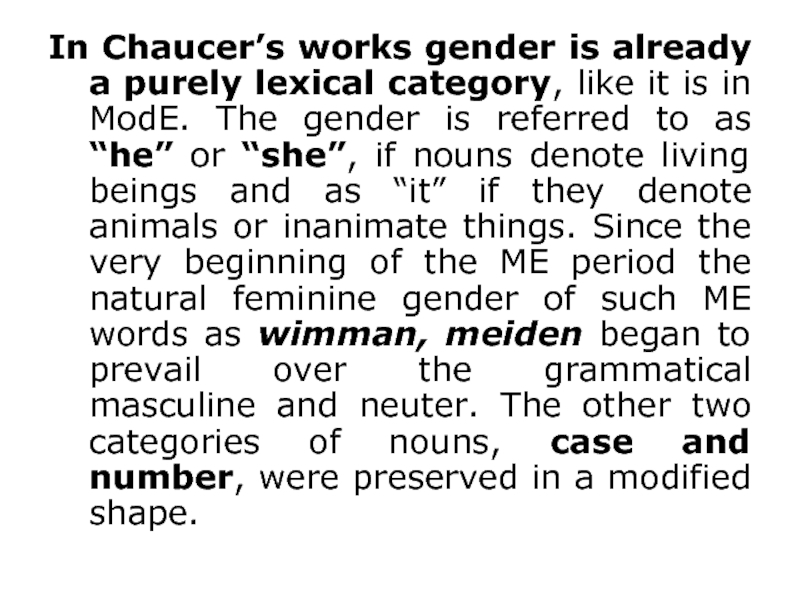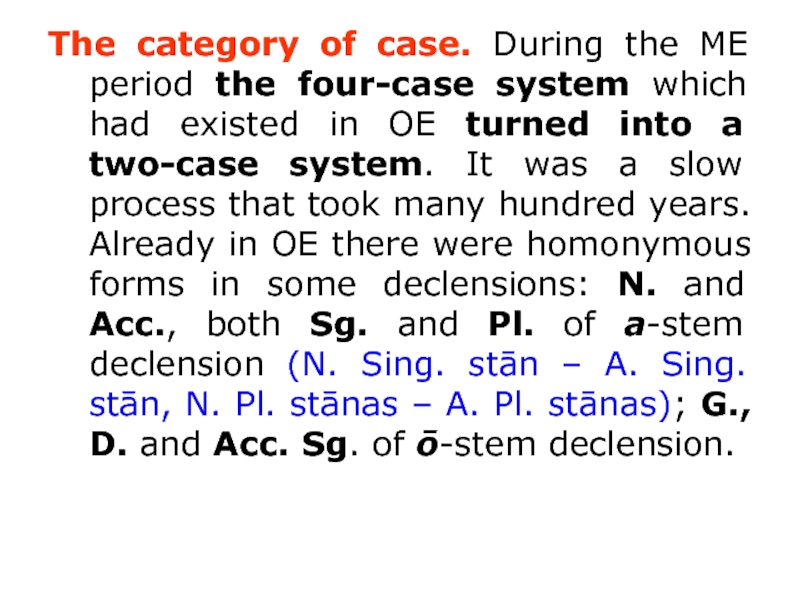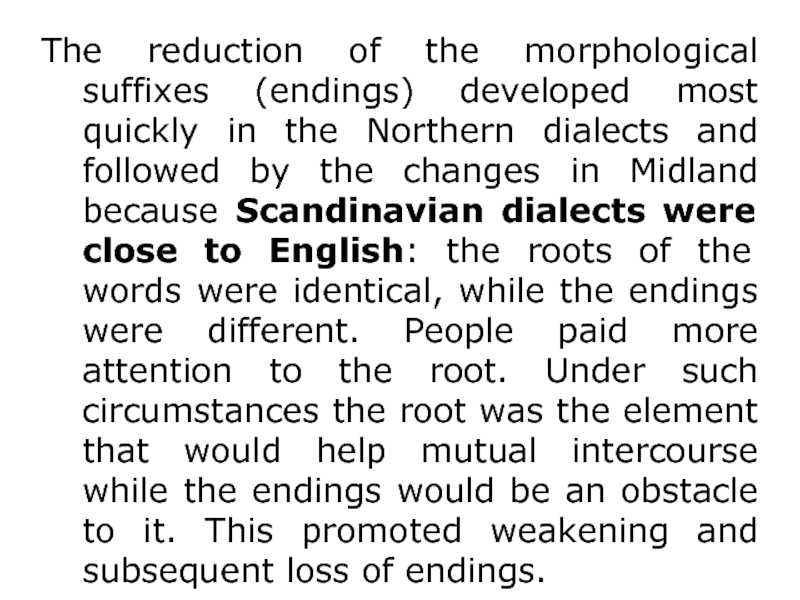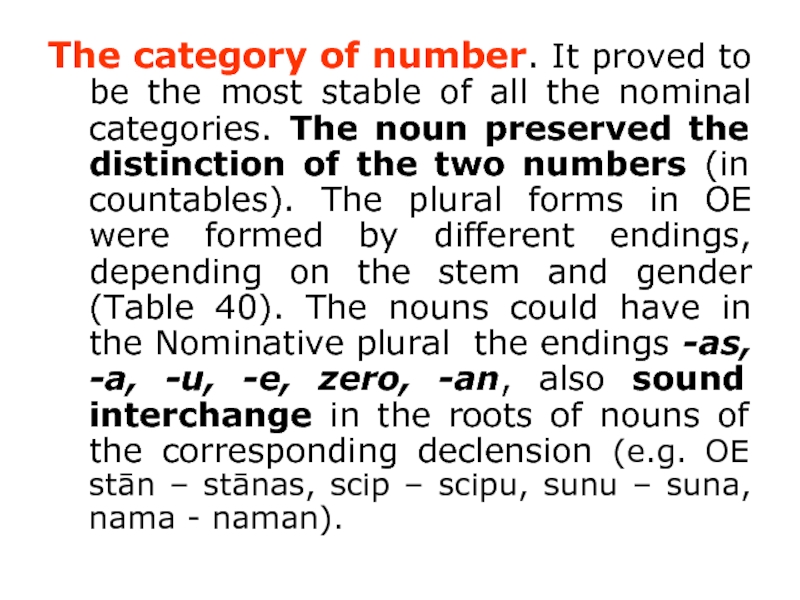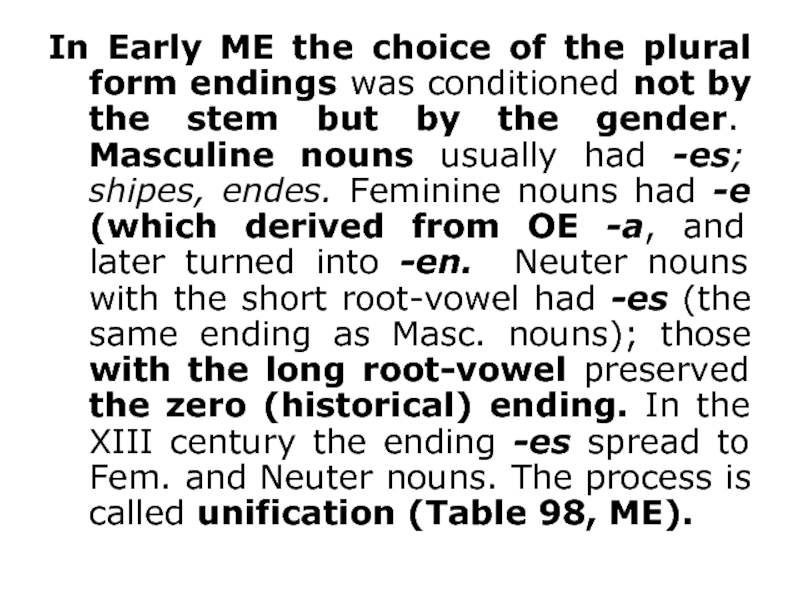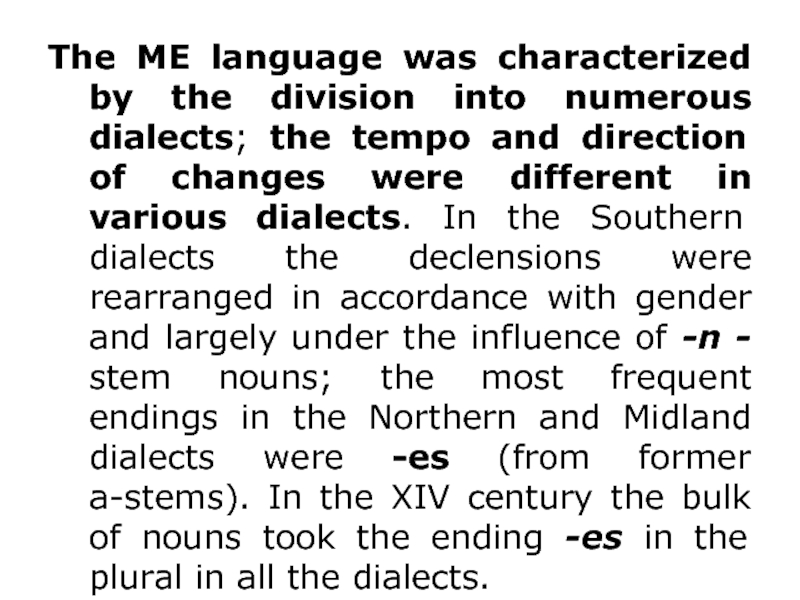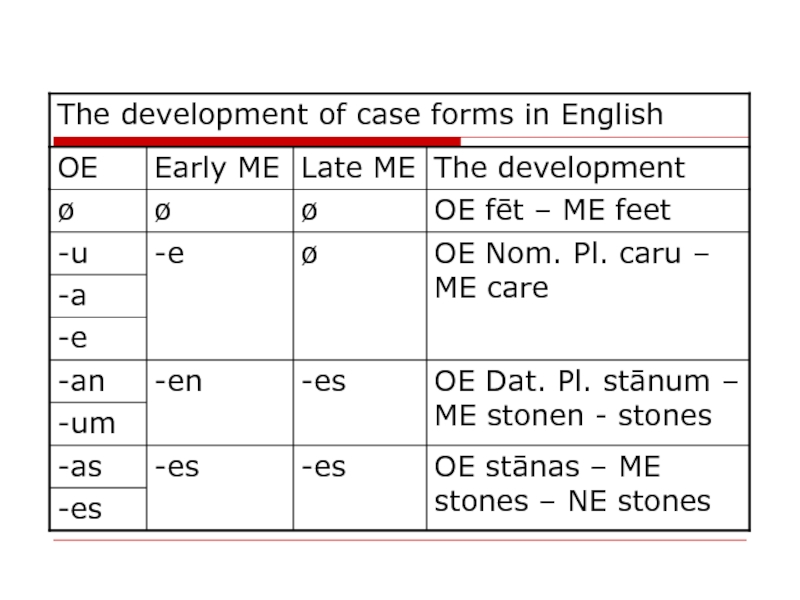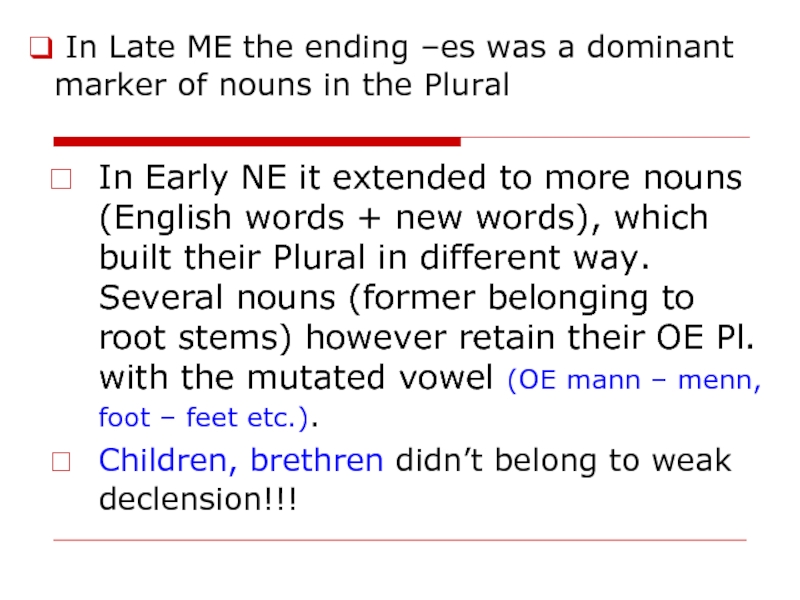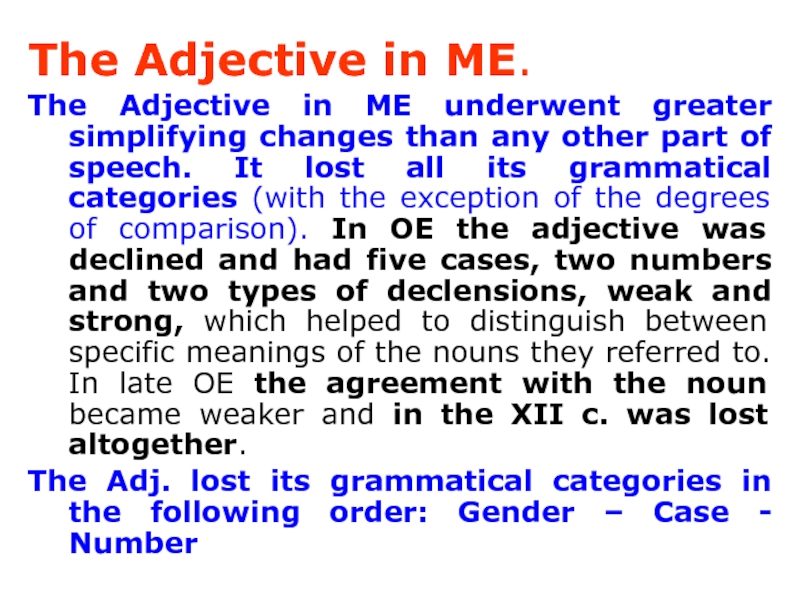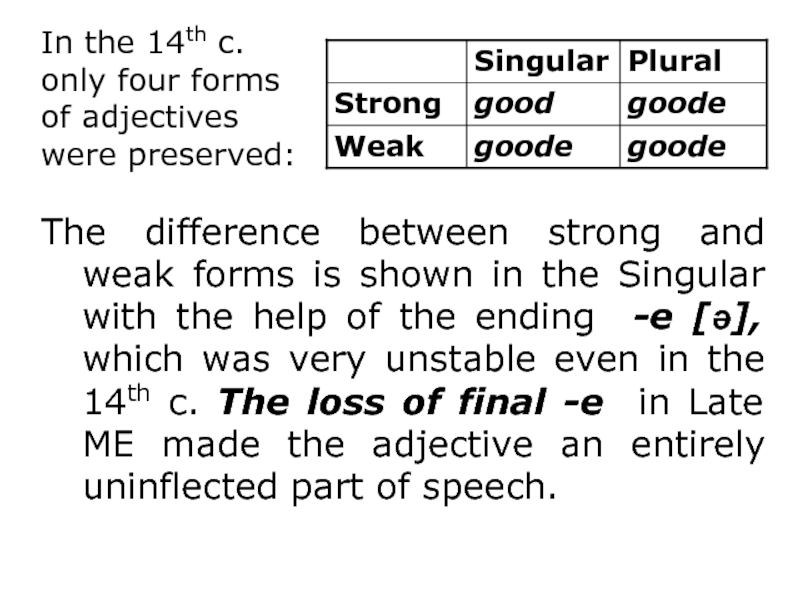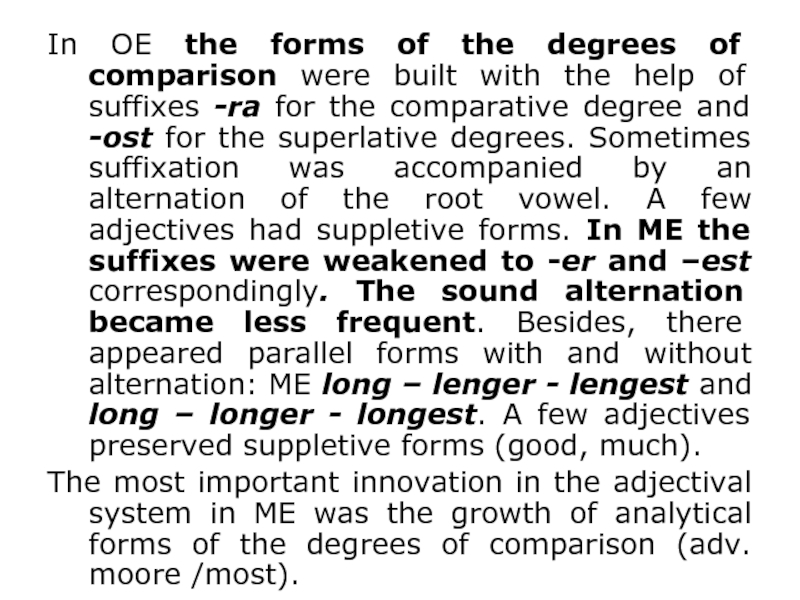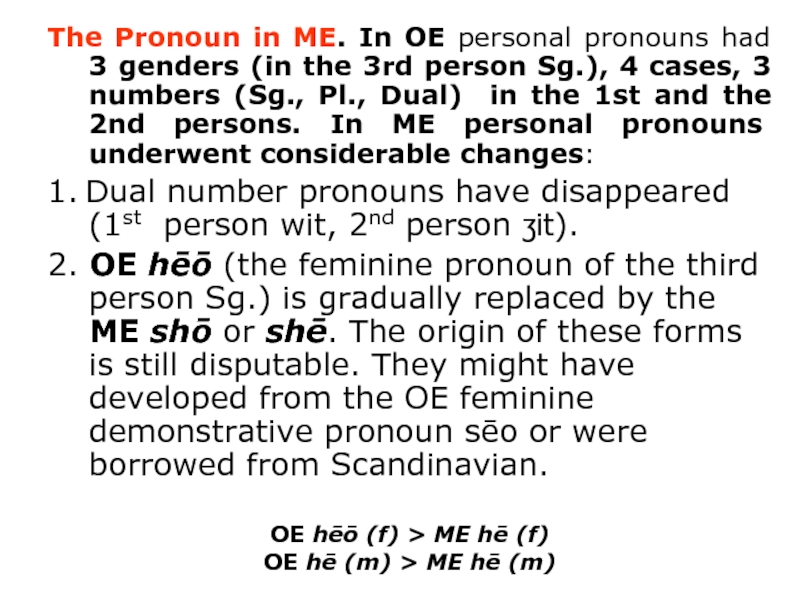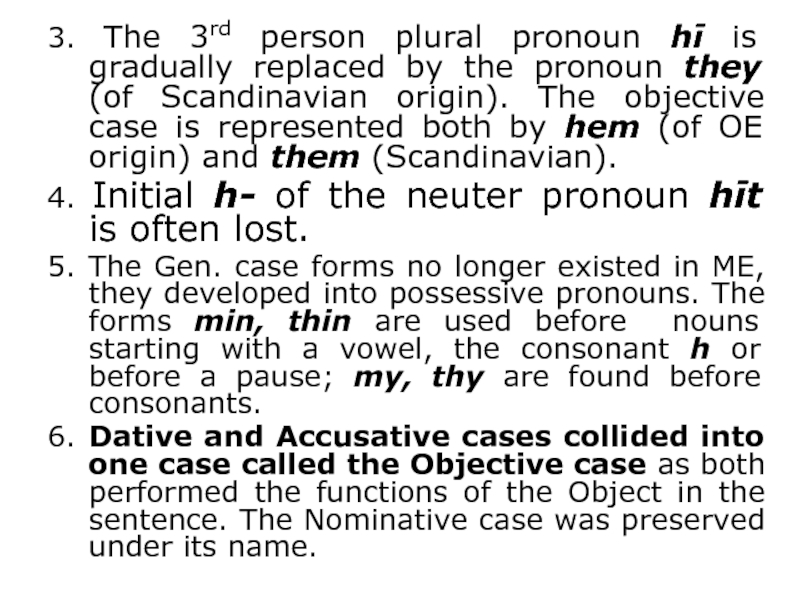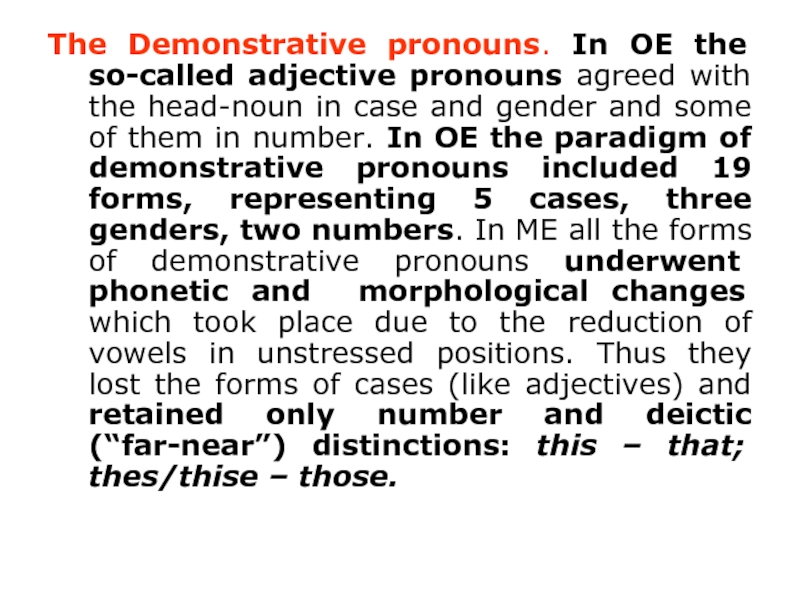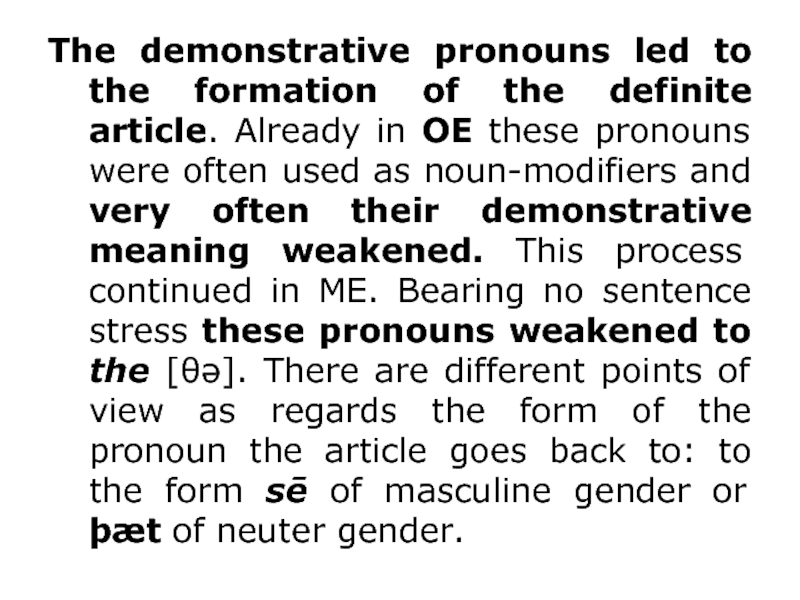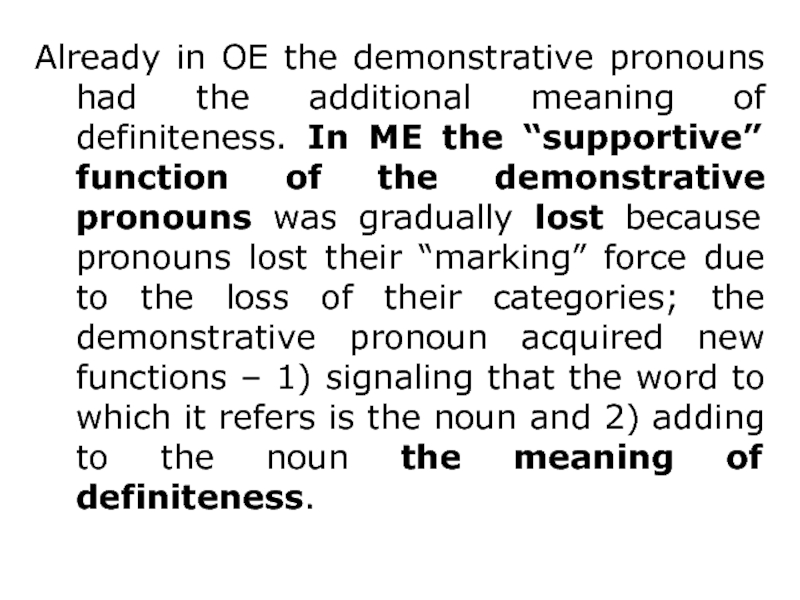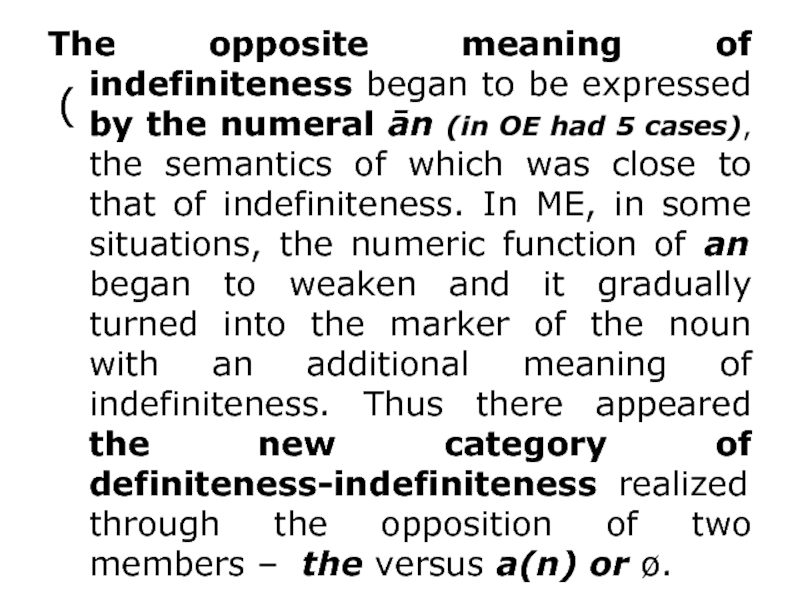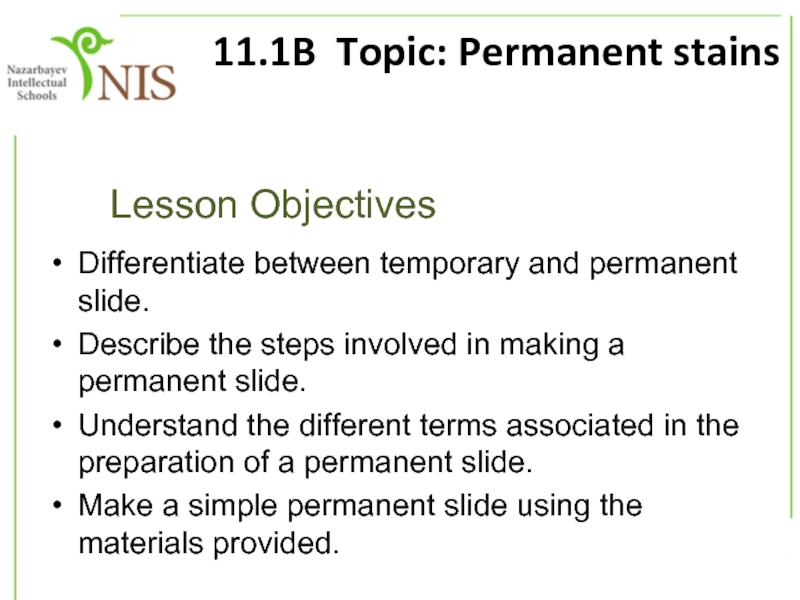- Главная
- Разное
- Дизайн
- Бизнес и предпринимательство
- Аналитика
- Образование
- Развлечения
- Красота и здоровье
- Финансы
- Государство
- Путешествия
- Спорт
- Недвижимость
- Армия
- Графика
- Культурология
- Еда и кулинария
- Лингвистика
- Английский язык
- Астрономия
- Алгебра
- Биология
- География
- Детские презентации
- Информатика
- История
- Литература
- Маркетинг
- Математика
- Медицина
- Менеджмент
- Музыка
- МХК
- Немецкий язык
- ОБЖ
- Обществознание
- Окружающий мир
- Педагогика
- Русский язык
- Технология
- Физика
- Философия
- Химия
- Шаблоны, картинки для презентаций
- Экология
- Экономика
- Юриспруденция
Lecture 8 general characteristics of the me grammar презентация
Содержание
- 1. Lecture 8 general characteristics of the me grammar
- 2. General characteristics of the
- 3. General characteristics The ME period was
- 4. The syntax came to play a
- 5. The main direction of development for
- 6. The Russian scholar Prof. A. Smirnitsky
- 7. Scandinavian dialects were close to English:
- 8. ME division of the words
- 9. Other categories underwent simplification. The number
- 10. Changes in the grammatical categories of
- 11. Nouns belonged to this or that
- 12. In Chaucer’s works gender is already
- 13. The category of case. During the
- 14. The loss of cases started with the
- 15. The reduction of the morphological suffixes
- 16. The category of number. It proved
- 17. In Early ME the choice of
- 18. The ME language was characterized by
- 20. In Late ME the ending –es
- 21. The Adjective in ME. The
- 22. In the 14th c. only four
- 23. In OE the forms of the
- 24. The Pronoun in ME. In OE
- 25. 3. The 3rd person plural pronoun
- 26. The Demonstrative pronouns. In OE the
- 27. The demonstrative pronouns led to the
- 28. Already in OE the demonstrative pronouns
- 29. ( The opposite meaning of indefiniteness began
- 30. thank you
Слайд 2
General characteristics of the ME grammar.
Development of
Nominal categories
3. The Noun.
4. The Adjective.
5. The Pronoun.
Слайд 3General characteristics
The ME period was a transitional one from OE
Слайд 4
The syntax came to play a more important role in the
Слайд 5
The main direction of development for the nominal parts of speech
Simplifying changes began in PG, continued in OE and were intensified in ME. The situation in the language gave H. Sweet the right to characterize ME as the period of leveled endings. Many scholars tried to find the reasons for so drastic changes in the morphological system of English. Some of them explained it by the reduction of endings, others – by the changes in the manner of thinking.
Слайд 6
The Russian scholar Prof. A. Smirnitsky considered that as regards English
Слайд 7
Scandinavian dialects were close to English:
the roots of the words
Слайд 8
ME division of the words into parts of speech has
Слайд 9
Other categories underwent simplification. The number of noun cases was reduced
Слайд 10
Changes in the grammatical categories of nouns. The OE noun was
Слайд 11
Nouns belonged to this or that gender in accordance with the
Слайд 12
In Chaucer’s works gender is already a purely lexical category, like
Слайд 13
The category of case. During the ME period the four-case system
Слайд 14The loss of cases started with the Northern dialects where homonymy
Слайд 15
The reduction of the morphological suffixes (endings) developed most quickly in
Слайд 16
The category of number. It proved to be the most stable
Слайд 17
In Early ME the choice of the plural form endings was
Слайд 18
The ME language was characterized by the division into numerous dialects;
Слайд 20 In Late ME the ending –es was a dominant marker
In Early NE it extended to more nouns (English words + new words), which built their Plural in different way. Several nouns (former belonging to root stems) however retain their OE Pl. with the mutated vowel (OE mann – menn, foot – feet etc.).
Children, brethren didn’t belong to weak declension!!!
Слайд 21
The Adjective in ME.
The Adjective in ME underwent greater simplifying
The Adj. lost its grammatical categories in the following order: Gender – Case - Number
Слайд 22In the 14th c. only four forms of adjectives were preserved:
The difference between strong and weak forms is shown in the Singular with the help of the ending -e [ə], which was very unstable even in the 14th c. The loss of final -e in Late ME made the adjective an entirely uninflected part of speech.
Слайд 23
In OE the forms of the degrees of comparison were built
The most important innovation in the adjectival system in ME was the growth of analytical forms of the degrees of comparison (adv. moore /most).
Слайд 24
The Pronoun in ME. In OE personal pronouns had 3 genders
1. Dual number pronouns have disappeared (1st person wit, 2nd person ʒit).
2. OE hēō (the feminine pronoun of the third person Sg.) is gradually replaced by the ME shō or shē. The origin of these forms is still disputable. They might have developed from the OE feminine demonstrative pronoun sēo or were borrowed from Scandinavian.
OE hēō (f) > ME hē (f)
OE hē (m) > ME hē (m)
Слайд 25
3. The 3rd person plural pronoun hī is gradually replaced by
4. Initial h- of the neuter pronoun hīt is often lost.
5. The Gen. case forms no longer existed in ME, they developed into possessive pronouns. The forms min, thin are used before nouns starting with a vowel, the consonant h or before a pause; my, thy are found before consonants.
6. Dative and Accusative cases collided into one case called the Objective case as both performed the functions of the Object in the sentence. The Nominative case was preserved under its name.
